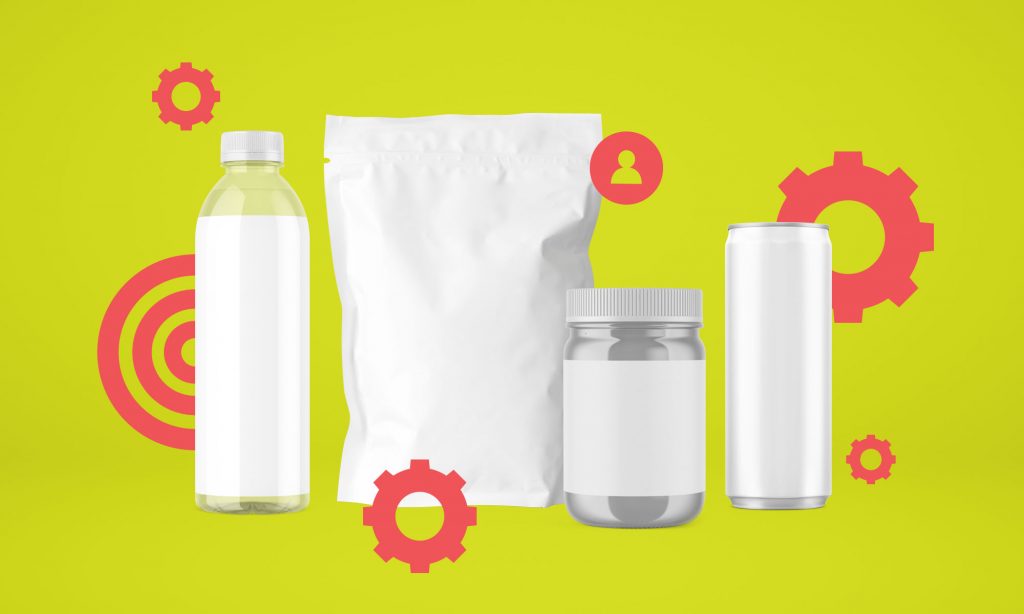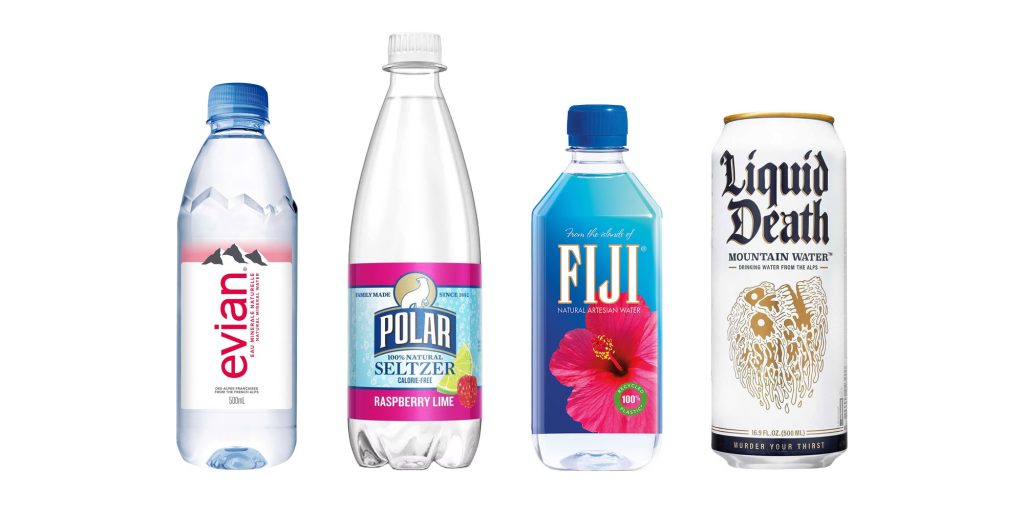
Design, ultimately, is a solution to a problem.
Consider the fork; a well-designed, primate-friendly tool that solves the problem of getting food into your mouth without using your dirty hands. Like the tacked-up band poster informing people when and where the next gig is happening, your packaging design should educate consumers on your product and convince them to purchase.
Let’s pivot to all caps, shall we?
DO NOT DESIGN YOUR PACKAGING BEFORE YOU POSITION YOUR BRAND.
Brand Positioning decides where your brand fits in the market and how it’s differentiated from the competition. By skipping this step, you leave the problem your brand aims to solve shrouded in mystery.
So, while you may have a PPT deck full of aesthetically pleasing designs, they may translate to something other than sales. You can’t just whip up a fancy logo and expect your target consumers to relate.
If the design doesn’t solve your brand’s problem, it will never emotionally connect. Do the legwork and get your fundamentals right before even thinking about design.
Google your competitors, follow them on social media, buy every SKU in stock, and immerse yourself in the second-best product in the category… first-place being yours.
Differentiate or Death
One brand always hovering around the periphery is Liquid Death. Considering their product rains down from the skies for free (nine months out of the year in Seattle) good branding has been an integral part of their success.
A black-and-gold can decorated in font and imagery typically associated with Death Metal albums instantly set apart this sparkling water brand from the competition while flavor names like Rest in Peach, Dead Billionaire, and Convicted Melon add swaths of personality.
Filled with the same relatively indiscernible liquid as Evian, Polar, or Fiji, Liquid Death serves the function of the alternative water your dad is too freaked to sip. At this point, what is inside the now iconic tallboys has become almost a tertiary detail to the brand capturing drinkers’ attention with risqué merch drops and murder-adjacent messaging.

If your brand doesn’t stand out in a crowded market, it won’t capture consumers’ attention. Liquid Death is a shining example.
Looking like everyone else is the luxury of the big, established brands with money to burn on marketing, or private label brands competing on price. Shoppers have more choices today than ever before. How do they know that they need your brand over others?
The best way to communicate your unique offering is through a distinctive personality, look, and feel. Brands that consumers can’t ignore are meaningfully differentiated through voice, tone, design, values, and target audience.
Ultimately, differentiation is crucial for your brand to build a lasting and meaningful connection with its target audience in a competitive marketplace.
A brand without positioning is like a restaurant without food. Give ‘em the meat! Personality is not just about tone of voice in communications but also about look and feel, product innovation, partnerships, storytelling, and promotions. Crafting a distinct personality isn’t optional—it’s vital in broadcasting how your brand shows up worldwide.
Without substance, a brand is just another plastic bottle on the shelf. Imagine a world where chips or soda had the same limitations as cigarette packaging. There would be no Chester Cheetah waiting to greet you while surfing on a hot orange curd, no spaghetti sauce approved by the ghost of Paul Newman, just aisle after aisle of soulless things without meaning or substance.
Good packaging is only half the equation—don’t veer into the pitfall of pretty design for the sake of pretty design. Fight the urge to strip your product of personality to fit into a trend that traps your brand in a box. Pretty design without strategy or positioning is hollow, which consumers will pick up on—especially when it comes from a big corporation.
Check out our Food & Bev Brand Bootcamp for all your DIY branding needs.

